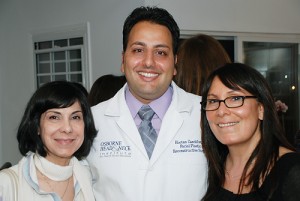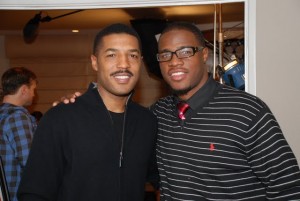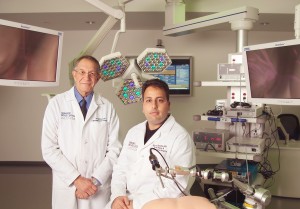- Hereditary Hemorrhagic Telangiectasia - May 25, 2016
- Hereditary Hemorrhagic Telangiectasia: Septal Perforation and Nose Bleeds - May 23, 2016
- Hereditary Hemorrhagic Telangiectasia: Epistaxis and Septal Perforation - May 18, 2016
- Wegener’s Granulomatosis: Autoimmune Disease and Multi-Focal Septal Perforation - May 9, 2016
- Kyle Korver: Facial Injury and Nasal Fracture - March 24, 2015
- Russell Westbrook: Facial Injury and Surgery - March 5, 2015
- Mega-perforation: Pushing the Limits of Septal Perforation Repair - November 26, 2014
- Septoplasty Complication and Septal Perforation - November 24, 2014
- Nose Picking (Rhinotillexis) and Septal Perforations: Why I should stop picking my nose…? - November 24, 2014
- Nasal Fractures, Septal Hematoma, and Septal Perforation: Simultaneous Rhinoplasty and Septal Perforation Repair - October 1, 2014
African Americans traditionally have shunned cosmetic surgery procedures…at least publicly. Well, things seem to be changing. Improved technology, increased acceptance amongst younger African Americans, and less social stigma associated with cosmetic surgery in our culture have led to a significant increase in cosmetic procedures within this community.
In fact, within the last decade cosmetic procedures among African Americans have quadrupled, making the African American community the fastest growing demographic in aesthetic surgery practices.
One of the most common procedures among African American women is rhinoplasty (cosmetic nasal surgery). Rhinoplasty reshapes the nose into a more pleasing form. With careful evaluation and planning, rhinoplasty can be one of the most satisfying procedures performed in facial plastic surgery for the African American patient.
What is the most important thing to consider in African American rhinoplasty?
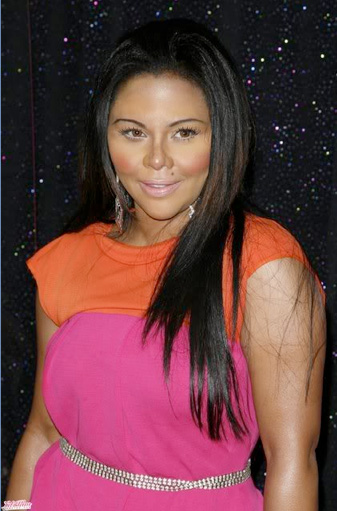
The most important considerations in the African American rhinoplasty are:
-
-
- maintaining the patient’s ethnicity
- reshaping the nose into a more refined look
-
Traditional rhinoplasty techniques used by most rhinoplasty surgeons leave the nose looking pinched, turned up and in poor overall harmony with the patients face. This makes the nose looked “done”. To avoid this look you have to find a surgeon that understands the unique aesthetics of the African American nose.
What do you do differently in an African American Rhinoplasty procedure?
Noses take their shape from two main components: the shape of the bone and cartilage (called the framework) under the skin, and the skin and soft tissue (skin, fat, muscles; called the soft tissue envelope) that drapes over this frame.
Rhinoplasty changes the bone and cartilage shape and redrapes the skin over this new frame for the desired result. For example, if there is a large hump, the bony hump is removed and the skin redrapes to form a more refined, straightened nose.
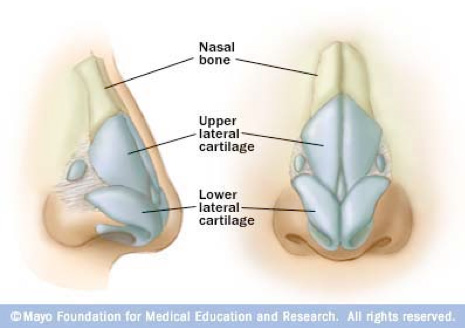
In the African American nose, the bony and cartilage framework is usually not supportive. The nasal bones are small and flat and the cartilage is weak and floppy. The soft tissue envelope and skin is relatively thick and rigid and doesn’t reflect changes that are made to the bone and cartilage very well.
Contrast this to Caucasian patients, who typically have a strong bony-cartilaginous frame and a relatively thin, supple soft tissue envelope and you can begin to understand why techniques used for Caucasian patients simply do not work well on the African American patient.
These are the most common reasons for failed African American Rhinoplasty:
- poor understanding of African American aesthetics
- application of standard rhinoplasty techniques to the African American nose
Special techniques designed for the African American patient must be applied skilfully to achieve excellent results. We truly are not all the same. A customized plan based on the surgeons understanding of the unique structure of the African American nose and the individual patient’s desires both have to be taken into consideration.
How should my nose look after surgery?
Your nose should not look “done”. Ideally, the African American Rhinoplasty patient should have a natural refined nose without evidence of surgery. This does not mean you should not see a difference after surgery. It simply means your results should be subtle and in harmony with your face.
It is important to discuss in detail your overall goals with your surgeon, so you’re on the same page. You need a thorough internal nasal examination of the nasal septum and turbinates to avoid breathing issues after surgery. Too often in an overzealous attempt to refine the patient’s nose, patients find they can’t breath after surgery. To correct this, another surgery, revision rhinoplasty, is needed and even then, the problem is not always correctible..
As always do your homework and look for a surgeon who specializes in African American rhinoplasty. But more importantly, really understand your nose, inside and out.
To learn more about Dr. Jason Hamilton and African American rhinoplasty, visit: http://www.blacknosejob.com/
Contact a Physician at Osborne Head & Neck Institute
If you would like to speak with one of our physicians regarding this issue or another ear, nose, throat problem; or have other questions or concerns, please complete the contact form below or call us at 310-657-0123.

